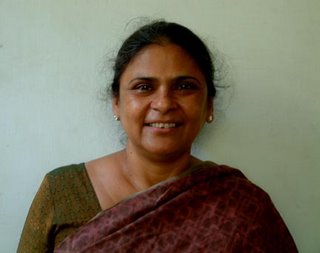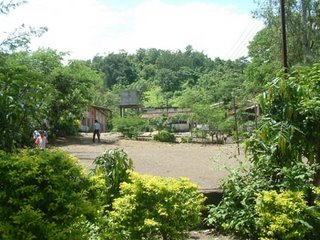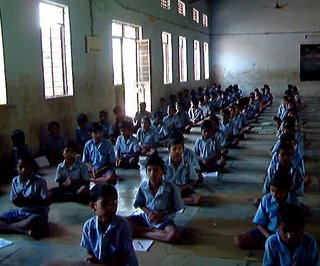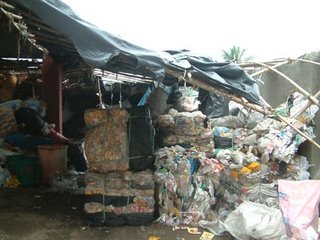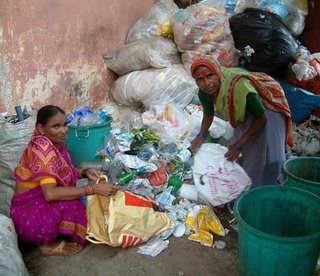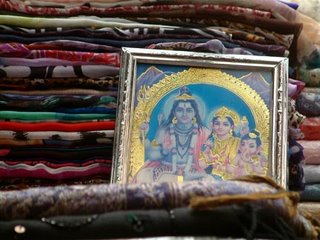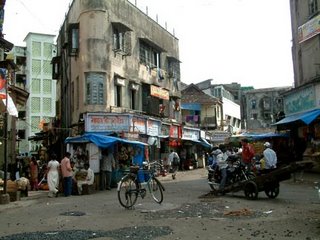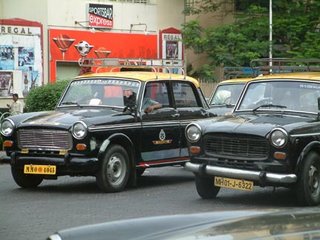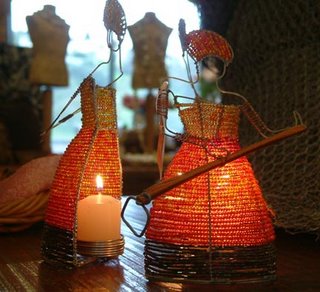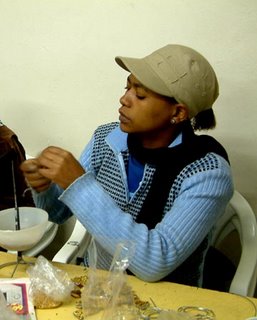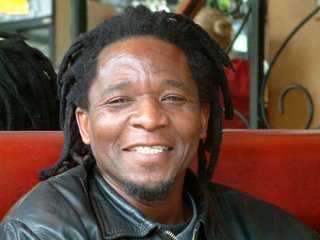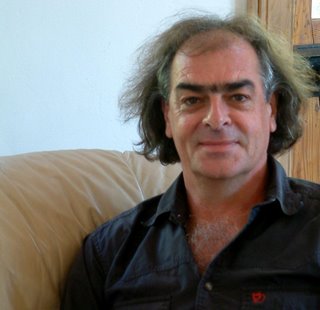
The Irish Missionaries have a long relationship with Africa, and Ireland is held in high regard by many as a result. By virtue of my birth, I am often associated with their work while travelling through, so it seemed appropriate that I meet up with a missionary on my way to learn a little more. Sr. Margo Mulvey was to be it, a contact from a friend of a friend back home.
I am ashamed say I had a rather tainted preconceived image of who I was going to meet, formed from my catholic schooling during my primary years. I was expecting a habit. I was expecting flat, dark, boring shoes. And I am very sorry to say, I was expecting a closed mind. I am very happy to say however that every single preconception was blasted away, powerfully. What I met was not a habit wearing, habit formed nun, but a dynamic, caring, energetic, delight of a woman, who wears bright red shoes. Sr Margo, aka, Super Nun!
Sr Margo is starting up a new organisation, St Kiziti Children’s Programme, alongside Bukeka Bikwani, a former principle at a primary school, which seeks to support vulnerable children and orphans in Khayelitsha, one of the townships outside of Cape Town. Rather than tell me all about their work, they decided to show me, by taking me around Khayelitsha for an afternoon, introducing me to some of the people they work with. Accompanying us was ‘Mr. Big’(I am not sure if this is his actual name!), a big man, with a big heart. He is the caretaker in the local church, but in his ‘spare’ time, he acts, very very effectively as a local social worker. I got to see him in action.
We visited a number of homes. One was the home of three orphaned boys. The eldest was 16, the next 15, and the youngest 10. Both their parents died last year, and they have been struggling to cope since. The eldest took it the worst, and Mr. Big told me he has since gone into a state of shock. The middle boy, by default, is left to keep the family together.
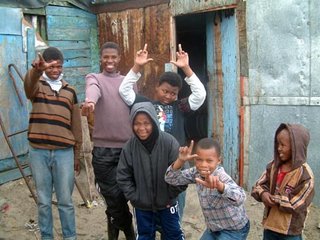
There are resources within the community, but often young children do not know how to access them. St Kiziti intervene by trying to link them up to resources. It could be with a school, a crèche, a community gardening programme, or a clinic; but they are there to act as a guide, supporting the children through very vulnerable times.
In the case of these three boys, it was largely around the basics. How to manage the home, how to access school resources, how to cook. The place literally was a shambles, and Sr Margo and Mr. Big were discussing with the boys how to maintain the property. I saw the reaction of these boys to the presence of support. It was genuine, it was welcomed.
I’m really grateful to Sr. Margo for taking me under her wing for the afternoon. It blew away some of my own cobwebs, and got me to question, to think, to reframe. Not only about my impressions of missionary workers, but also my impressions of Cape Town. I left Khayelitsha angry that afternoon; questioning how a resourced country can create such an under resourced community. It left me questioning the future of those three boys, and the many more like them.
I think such questions, and a decent dose of anger is necessary. It is fuel, to continue.

